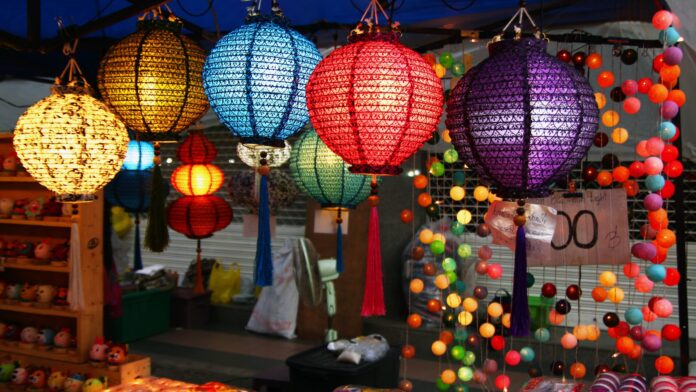By The Frontpage Journal
Buddhist festivals in Sri Lanka are more than religious observances; they are vibrant cultural celebrations that light up the island with color, music, and ritual. These events, rooted in centuries-old traditions, offer an immersive experience that reflects the deep spiritual devotion and communal harmony of Sri Lankan society. For locals and visitors alike, the festivals provide a feast for the senses and a window into the island’s rich heritage.
One of the most spectacular Buddhist festivals is the Esala Perahera, held annually in Kandy. This grand procession honors the Sacred Tooth Relic of the Buddha, considered one of the most sacred objects in Sri Lankan Buddhism. Over ten nights, the streets fill with dancers, drummers, elephants adorned in elaborate costumes, and devotees carrying flickering oil lamps. The rhythmic beats of drums and the glittering colors of silks and jewels create an atmosphere of reverence and celebration. The festival draws thousands of pilgrims and tourists who gather to witness the unique blend of spirituality and pageantry.
Costumes play a central role in these festivals, each element rich with symbolism. Traditional dancers wear brightly colored garments embellished with beads, mirrors, and embroidery, designed to catch the light and enhance the dramatic movements. Masked performers represent mythical beings, gods, and demons, connecting the earthly to the divine. The elephants, revered as sacred animals, are decked out with caparisons of gold and velvet, reflecting centuries of royal patronage.
Beyond Kandy, numerous other festivals mark the Buddhist calendar, including Vesak, which celebrates the birth, enlightenment, and passing of the Buddha. Vesak is observed nationwide with lantern displays, decorative pandals, and acts of charity. Streets are illuminated with paper lanterns in intricate patterns, symbolizing enlightenment’s light dispelling darkness. Temples host sermons and almsgiving, strengthening the bonds between monks and laypeople.
The communal aspect of these festivals is deeply significant. Preparation and participation involve entire villages and neighborhoods working together. Whether it’s weaving lanterns, organizing processions, or cooking food for pilgrims, the festivals foster social cohesion and intergenerational exchange. Elders teach younger generations the rituals, dances, and meanings behind the celebrations, ensuring their continuity.
Music and dance are integral, creating a dynamic rhythm that animates the spiritual experience. Traditional drumming ensembles, such as the Gata Bera and Yak Bera, provide powerful beats that guide the procession and energize the crowd. Dance forms like Sabaragamuwa and Low Country styles add regional diversity and historical depth to the performances.
For visitors unfamiliar with Buddhist customs, these festivals offer an accessible and awe-inspiring entry point. They showcase how religion, art, and community come together to create shared meaning. The visual spectacle draws attention, but the underlying message is one of peace, respect, and renewal.
In a rapidly changing world, Sri Lanka’s Buddhist festivals remain a vital link to cultural identity and spiritual practice. They remind all who witness them that celebration and devotion can coexist beautifully, and that ancient traditions continue to inspire and unite.
Whether through the dazzling parades of Kandy or the glowing lanterns of Vesak, Sri Lanka’s Buddhist festivals are living tapestries of faith and festivity—rich in color, costume, and community spirit.




